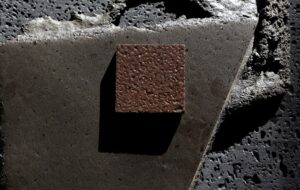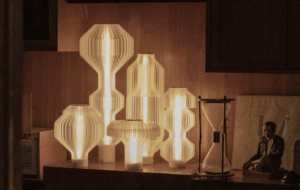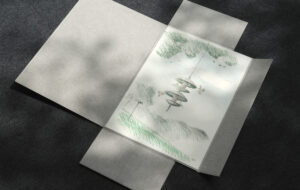|
|
||
|
However powerful your telescope, there’s an insurmountable obstacle to looking closely into deep space from the Earth: the atmosphere. It bends light in unpredictable ways (the reason stars appear to twinkle) and prevents a certain amount of higher wavelength radiation – ultraviolet, gamma and X-rays, which provide information about the celestial bodies that emit them – from reaching Earth at all. The solution, straightforward enough in principle, is to move your telescope beyond the atmosphere. In 1946, Lyman Spitzer, an astrophysicist at Yale, wrote a report for the RAND Corporation entitled Astronomical Advantages of an Extra-Terrestrial Observatory. The first Orbiting Astronomical Observatories, which measured ultraviolet emissions, were launched in the late 1960s, and in 1969 NASA approved the Large Space Telescope project, which more than two decades and $2bn later resulted in the launch of the Hubble Space Telescope on 24 April 1990. It is named after the American astronomer Edwin Hubble, who in the 1920s discovered that many of the smoky patches in the night sky were other galaxies, and through his observations of those galaxies showed that the universe was expanding. Satellite, telescope and measurement laboratory rolled into one, it was a huge collaborative effort. The telescope was designed by the Marshall Center in Huntsville, Alabama, while the five light-measuring instruments were the responsibility of the Goddard Space Flight Center in Greenbelt, Maryland. The telescope was built by the Perkin-Elmer Corporation and Lockheed Missiles (now Lockheed Martin). Everything on board runs on solar power. Travelling at 5 miles per second 353 miles above the Earth’s surface, Hubble completes an orbit of the planet every 97 minutes. Measuring 13.3m and weighing 11,110kg, it’s slightly longer and rather less heavy than a double-decker bus. “People often mistakenly believe that a telescope’s power lies in its ability to magnify objects,” Hubblesite.org explains. “Telescopes actually work by collecting more light than the human eye can capture on its own.” Hubble does that using a technique first proposed 340 years ago. A Cassegrain reflector has two mirrors: a larger, convex primary mirror that captures the light (Hubble’s has a diameter of 2.4m) and focuses it on to a smaller, concave secondary mirror that reflects it back through a hole in the middle of the primary mirror on to the eyepiece or, as in Hubble’s case, instrument sensors. The instruments send data to the Space Telescope Science Institute in Baltimore via a relay satellite and intermediate stations in New Mexico and Maryland – enough to fill around 18 DVDs every week. And the data Hubble has sent has enabled astronomers to make a series of major advances in the understanding of the universe, such as the discovery of dark energy and narrowing of estimations of the age of the Universe from 10-20 billion years to 13-14 billion. Hubble wasn’t the first space telescope, and it isn’t the only one up there – another 30 or so are currently in operation, and around twice that number have been decommissioned – but it is by far the most famous, in part because of its longevity, and in part because it is an optical telescope: unlike most of its more obscure counterparts, it sees visible light, relaying to Earth images that everyone recognises as sublime even if we have no idea what they mean. “Gas pillars in the Eagle nebula” look – and sound – like the kind of thing Rutger Hauer’s character in Blade Runner would rhapsodise over. Hubble’s fate is tied to that of the Space Shuttle, which it was designed to work in conjunction with. Now that the Shuttle programme has come to an end, the next time the telescope stops working will be the last time. Its successor, the James Webb Space Telescope, “scheduled to launch this decade”, will orbit the Earth on the far side of the Moon, where it is expected to pick up infrared light from the universe’s earliest objects. The JWST will see further out and further back than its predecessor, but is unlikely to surpass Hubble in capturing our imagination with its representations of the astronomical sublime. |
Image NASA
Words Thomas Jones |
|
|
||


















